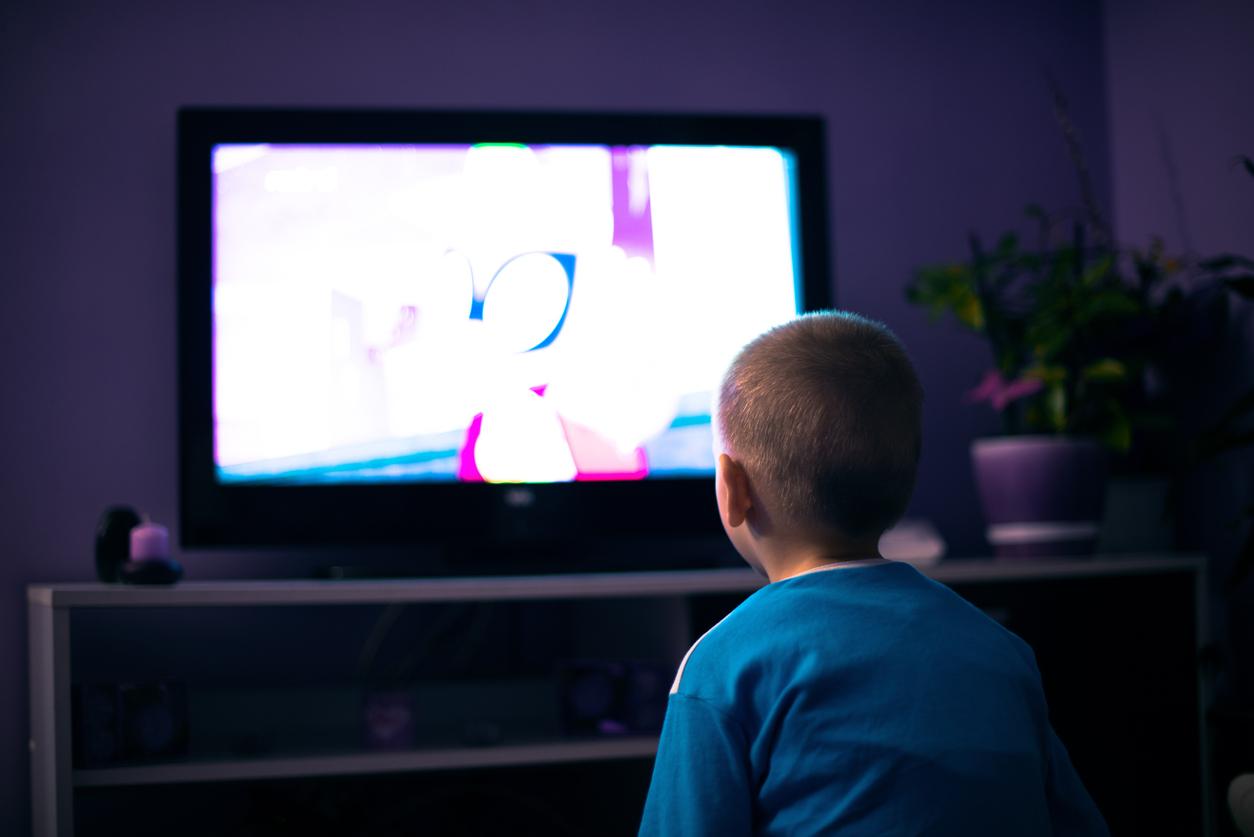
OLED TVs have been on the market for two or three years and are on the way to becoming the new standard. The price tag is still peppery: at least 1,000 euros per TV. Why would you want to switch from a ‘classic’ LCD TV to an OLED?
What is OLED?
OLED means Organic Light-Emitting Diode. OLED has long been used for screens in smartphones and tablets. Between the video disc are ‘organic carbon particles’ that form and illuminate the image at the same time. That gives a better image quality than the LCD TV, which needs extra lighting from the side and back. The image of an OLED is clearer and movements you see are smoother. OLED TVs are also all 4K displays, meaning they have the highest possible resolution currently achievable.
nice and thin
Since OLED TVs don’t require lighting from the sides and back, they are also built very thin. They are therefore even more design-friendly than the already fairly thin LCD TV. The slim design, with a screen of only a few millimeters thin, is a striking addition to your interior. With some TVs, the OLED panel is mounted on a thin glass plate, so that the screen appears to have no bezel. Not only does it look special, it makes the screen seem bigger.
Warm colours
The color reproduction of an OLED TV is usually nicer than that of an LCD. That is immediately the main advantage. There is a wide color contrast because each particle is exposed separately, so that it is displayed with the correct brightness. There is a big gain, especially in terms of black and white values, because LCD screens are the weakest in that area. You can watch so-called HDR movies and series with every OLED TV. High dynamic range (HDR) refers to images with a high dynamic range (both very dark areas and very bright areas are displayed well).
The 10-bit panel shows more than a billion color shades. As a result, with HDR images you see much more detail in light and dark parts of the screen. The devices from model year 2016 are also suitable for both HDR10 and Dolby Vision, so they know what to do with all sources of HDR content.
In addition, OLED TVs have a large viewing angle: the colors and contrast only change slightly, the more you look from the side. They do have more trouble displaying very clear images than LCD TVs, for example if a lot of white is visible. The image then looks faded. The average brightness of an OLED TV is therefore lower than that of LCD TVs. Something to keep in mind if you often watch TV in a room with a lot of (sun) light.
Affordable?
The first generation of OLED TVs was – just like the plasma TV at the time – on the pricey side, you quickly paid 1,000 – 2,000 euros for an OLED. Unfortunately, the price has not really dropped yet, and for the top models you pay a multiple of that amount. Those first entry-level models have now become cheaper, and will eventually fall below the ‘magic’ limit of 1,000 euros.
Good for the environment?
LCD TVs have become more energy efficient in recent years and OLED TVs are no different in that regard. It depends a bit on how you set it up: an OLED TV with a completely dark screen only consumes 50 watts of energy, but that can of course go up considerably depending on what is shown on the screen and with what settings. The manual usually states what you can adjust to make the television more economical or to let it perform at its maximum.
Burn-in hazard
Just as there used to be concerns about the screen burn in plasma TVs, this is now the case with OLED TVs. This burn-in is also known as image retention. The screen ‘remembers’ a static image, which can then show through in other images.
Research by the Consumers’ Association showed that it can indeed occur with OLED TVs, but especially in more extreme viewing situations where the same images are shown on the screen for many hours. Plus, the image retention turned out not to be permanent. With ‘normal’ and regular switching of channels and images, there will be little or no major burn-in problems with OLED TVs.
Beware of QLED
It may be a bit confusing, but in the store we also come across so-called QLED TVs. QLED TVs are in fact standard LCD TVs, but the screen contains an extra layer containing nanocrystals – the ‘quantum dots’. These nanocrystals allow the TV to show fuller, more saturated colors. But it is not a ‘real’ OLED. With QLED, especially Samsung competes with OLED TVs from other manufacturers.
So be careful with your purchase: the O or the Q, it does make a difference!
Source: AD.nl, Consumers Association

















